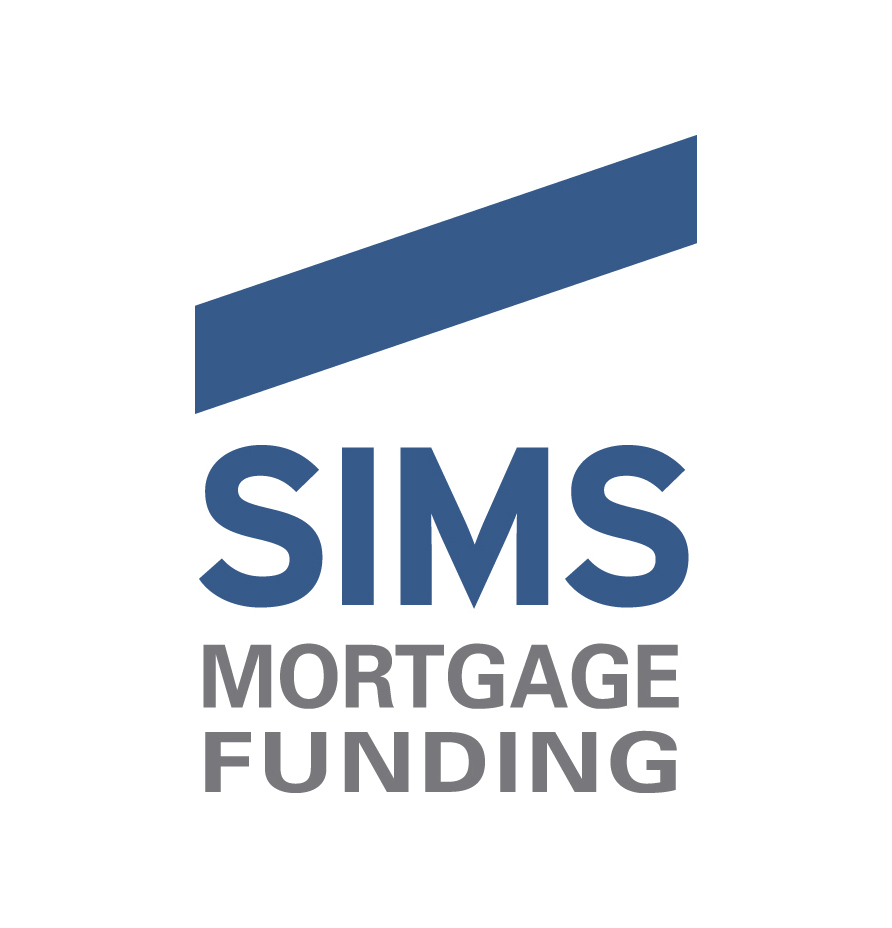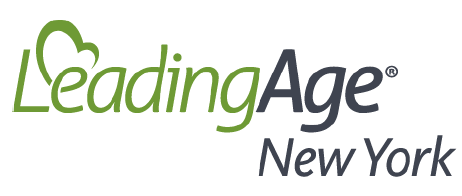by Gayl Mileszko
The New York Stock Exchange has invited occasional guests to ring the ceremonial opening bell since 1956. The current practice is to have them stand on the marble balcony weekdays at 9:30 a.m. to mark the start of the day’s trading. At 4 p.m., they bang a gavel after the closing bell, which is sometimes met with cheers at the end of a long, hard day of loss, or boos when no one wants the day’s rally to end or if the guests inadvertently cut short the precise 15 second ritual. The 18-inch bell, specially manufactured by the G.S. Edwards Company of Norwalk, Connecticut in the late 1980s, is said to have the sound of a brass bell tuned to the pitch D with an overtone of D-sharp. It replaced several other bells and, going back to the 1870s, a Chinese gong. Since 1995, company executives with NYSE stocks or exchange-traded funds have been permitted to ring the bill, often on the day their company goes public or releases a new product. Celebrities, dignitaries, charities and other groups are also often invited or may apply for the honor. The selection process is a bit mysterious, but the lucky ones are invited to sign the wall and become a permanent part of exchange history.
On Monday, May 17, the NYSE welcomed the Madison Square Garden Sports Company and JP Morgan Chase as they virtually rang the closing bell to celebrate the New York Knicks making the playoffs. That morning, the Chairman of New York’s Metropolitan Transportation Authority had the honors of pressing the green button, activating the big silver bell and prompting cheers from the assembled floor brokers and media representatives. The bell resounded across the floor for ten seconds to mark the return of 24/7 subway service in New York City earlier that morning. The Chairman was accompanied by representatives of the authority’s front-line workers who later noted that ridership had achieved pandemic records on May 14 with 2,265,489 subway trips, 104,885 on the Long Island Rail Road, 85,684 on the Metro North Railroad, and 1,188,284 bus rides.
Prior to the pandemic, average MTA weekday ridership totals routinely exceeded 5.5 million in the subway system alone. That number fell to a low of 300,000 in April of 2020, primarily heroic healthcare workers and public safety officials. On Monday, full overnight subway service resumed for the first time since May 6, 2020 when the subway system was closed for an unprecedented cleaning regimen involving 500 stations. The return of round-the-clock service paves the way for the end of the city’s outdoor midnight curfew and lifting of limitations on restaurant capacity, but brings with it new concerns about safety on the part of riders. Violent crime and harassment remain significant fears for many, while others worry about the possibility of a new coronavirus wave as a result of travel in trains and buses often equated to sardine cans.
Taxpayers and bondholders have additional questions and concerns. Even before the pandemic, rating agencies cited the MTA’s budget imbalances, missed capital commitment goals, capital funding risks and escalating debt. That debt has more than tripled in the last 20 years and now totals $49.4 billion. Some wonder if the Authority is whistling in the wind when it comes to projections about a return to pre- pandemic ridership levels given polls showing that the majority of city office workers do not plan to return to work five days a week under any transportation scenario. More than $14.5 billion of federal aid has plugged at least two years of budget gaps and reduced the immediate need for additional deficit borrowing but questions remain about the agency’s structural deficit, its plans for funding a five-year $51.5 billion capital program, its central business district tolling program, its labor issues, debt service, escalating retiree benefit costs, and doubtful ability to raise fares for the foreseeable future.
The U.S. bond market never officially closes so there are no bells to mark its sessions. There is round-the-clock trading in U.S. Treasuries and other bonds but the bulk of activity occurs between 8 a.m. and 5 p.m. and there are plenty of whistles throughout the trading day to accompany tickets written at unusually high and low levels. The A3/BBB+/A- rated MTA is among the largest U.S. municipal bond issuers, and is very actively traded. It has been in the market seven times since the pandemic began and twice tapped the Federal Reserve’s Municipal Liquidity Facility last year. At the time of this writing, the 5% MTA Transportation Revenue Bonds due in 2042 are trading at $108.333. The 5% MTA Transportation Revenue Green Bonds due in 2044 are trading as high as $124.80. In the current market, with limited supply available to satisfy demand for tax-exemption in high-tax states like New York as well as for bonds of relatively high credit quality, these are by no means the highest prices we are seeing. Certain taxable State of California general obligation bonds are trading over $164, and taxable New Jersey Turnpike bonds over $158. Tax-exempt Massachusetts Water Resources Authority bonds are trading over $151 and Mayo Clinic bonds over $150. At the opposite end are odd lots of bonds that have defaulted. These include subordinate Puerto Rico Highway bonds trading below $14 and St. Paul Port Authority parking ramp bonds just over $25.
In the new issue municipal market last week, investors scooped up and paid up for bonds at points on the credit scale with very little compensation for the extra risk. School bells rang for the triple-A rated San Antonio Independent School District which had a $268.3 million low-cost financing structured with 2051 term bonds priced with a coupon of 2.375% to yield 2.29%. Twelve hundred miles away, the Florida Development Finance Corporation issued $89.2 million of non-rated bonds for The Glenridge on Palmer Ranch in Sarasota with a 30-year term bond that had a 5% coupon but priced to yield just 127 basis points more than San Antonio at 3.56%. The City of Forest Lake, Minnesota brought a $29 million non-rated charter school transaction for North Lakes Academy that had a 2056 maturity priced at 5.00% to yield 3.90% and the City of Woodbury, Minnesota issued $21.9 million of BB-minus rated bonds for Woodbury Leadership Academy that included a similar 35-year maturity priced at 4.00% to yield 3.15%. The Colorado Educational and Cultural Facilities Authority sold $25.1 million of Baa3 rated bonds for Aspen View Academy that had a 2061 final maturity priced with a coupon of 4.00% to yield 2.95%.
Inflation alarm bells tolled again last week after the consumer and producer price indices came in higher than estimated. All three major stock indices weakened as did Treasuries and municipals while oil, gold and silver prices climbed. Halfway through the month of May, the Dow is up over 1% to 34,327, the S&P 500 has slipped 17 points to 4,163, the Nasdaq is off by more than 4% at 13,379, and the Russell 2000 is off 39 points to 2,227. Oil prices are up 4% to $66.27, at $1,868 gold has gained more than 5% and silver is up nearly 9% to $28.19. Bitcoin prices have plummeted 25% to 42,562. The 2-year Treasury is flat at 0.15%, the 10-year yield is up 2 basis points to 1.64% and the 30-year yield is 7 basis points higher at 2.36%. The Baa corporate bond yield is flat at 3.27%. The 2-year muni yield climbed 4 basis points to 0.14% and the 10-year yield is 3 basis points higher at 1.02%. The 30-year AAA municipal general obligation bond benchmark is flat at 1.59% but valuations hit a record low against Treasuries last week. The long muni yield slipped to 68.4% of its Treasury counterpart after having averaged about 103% between 2001 and 2020. We invite you to ring your HJ Sims representative to discuss any of these developments between your own day’s opening and closing bells.





